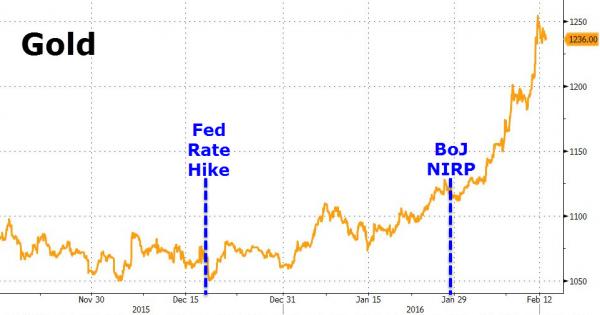Why Most Investors Hate Gold
"We’ll be blunt: most financial asset investors really hate gold. Anything – even leaving money in the bank – is better than owning gold since at least society has access to your capital through the banking system. Once you buy physical gold, no one has access to that sliver of your portfolio."
"First, when the S&P 500 drops 5% or more in one day. Second, when the CBOE VIX Index tops 40. And third, when everything sells off for a few days and correlations for all equities approaches one. None of these events have yet occurred."
the source


 LinkBack URL
LinkBack URL About LinkBacks
About LinkBacks







 Reply With Quote
Reply With Quote

Bookmarks